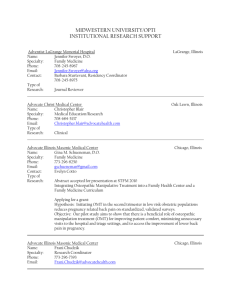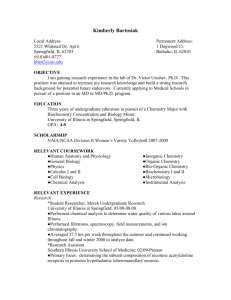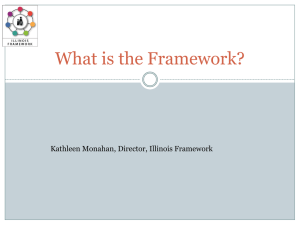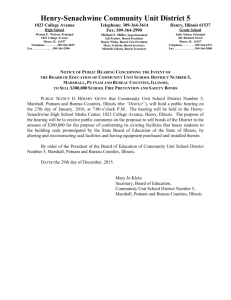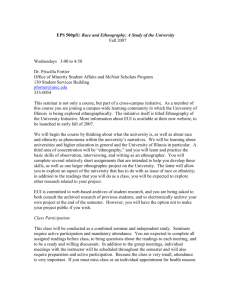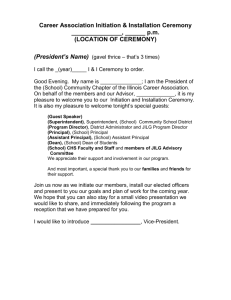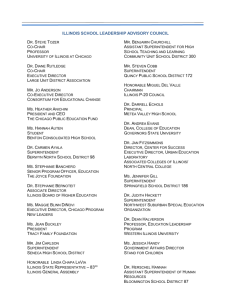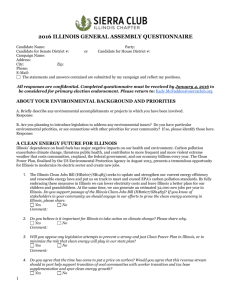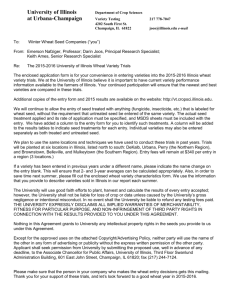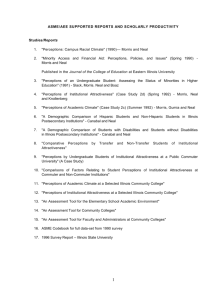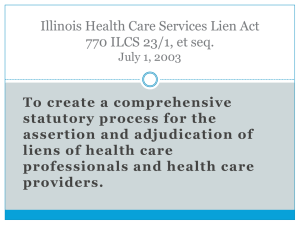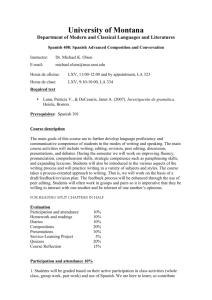We lacked scalability and flexibility
advertisement
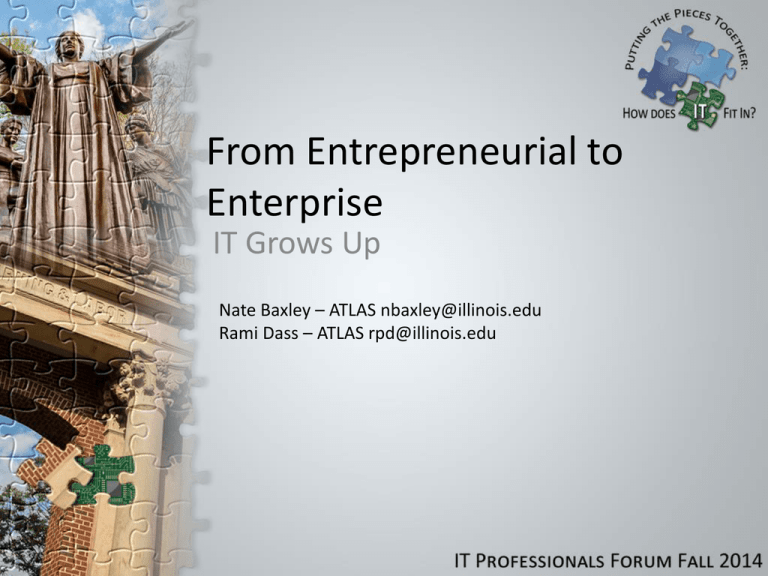
From Entrepreneurial to Enterprise IT Grows Up Nate Baxley – ATLAS nbaxley@illinois.edu Rami Dass – ATLAS rpd@illinois.edu Learn@Illinois • A partnership between Colleges of LAS and Education • Learning Management System (LMS) based on Moodle – – – – – Open Source Released in 2002 Currently at version 2.7 Over 80,000 installations worldwide http://moodle.org Learn@Illinois A brief history • Moodle came to LAS and Educaiton in 2003 – http://courses.las.illinois.edu – http://learn.education.illinois.edu • Implemented on single machines • 2010 – Sharing a single developer • 2012 – Service was combined – http://learn.illinois.edu • Statistics (Fall 2014) – 500 courses – 26,000 enrollments 20,000 daily logins 23,000 unique users Early Days Separate Installations • A single web server in tandem with a separate database server • Every year courses were copied manually along with a new database • Rosters were managed with daily file uploads or registration keys sent out via email • Code was pushed as needed with minimal testing • Changes were often implemented as soon as they were ready Early Days Separate Installations (cont) • Support was by email directly to the developers or service managers • Monitoring was done through home grown script • Logging was decentralized, each host kept logs locally • We lacked scalability and flexibility Growing Up The Partnership Evolves • Opportunity to design infrastructure for scalability and stability • Code release procedures were tightened • Support team was expanded • Partnership became stronger • Moodle 2.0 release coincided with partnership – Major code changes – Revisit old plugins Growing Up Evolution of Infrastructure • Scalable, flexible, and redundant • Multiple web front ends were deployed behind a load balancer • Offloaded scheduled task from the web front ends to a dedicated server • Moved from a single individual to a team to better manage the rapid growth • Transparent modifications to the systems with minimal interruptions to the users Growing Up Dev & Release Process • • • • Improved reliability Thorough documentation of changes Reduced the frequency of releases Increased usage made ad hoc fixes less desirable • Established a stricter dev/test/prod environment Growing Up Dev & Release Process (cont) • Changes tracked in Redmine and bundled into releases • Development team expanded to support other LMS • CVS and GIT used for code versioning • Code releases through direct file transfers Today Infrastructure • The database runs on a MySQL cluster with nodes spread across 3 data centers for high availability. • We have several web front ends spanned across multiple data centers • The file server replicates to a “hot spare” server in another data center that can be manually switched to. Today Infrastructure (cont) • The framework is duplicated to varying degrees for the dev, test, and shadow systems • Use Zabbix for monitoring, and get a lot of information on the health of the systems keeping us ahead of the curve • Logging is centralized using Graylog to review the logs and event notifications Today Application/Service • Code releases are done through GIT • 5 issue severity levels ranging from “emergency fix needed” to “annual major upgrades” • Issues tracked from requirements gathering through testing and resolution • Coordination of support team between partners • Instructional designers at LAS, Education, and CITL help faculty design and build their courses Future Growth • Automatic failover for file server • Implement configuration management to automate, standardize, and document infrastructure changes. • Future performance increases to handle growing enrollments. • Dedicated "admin" web front end, tweaked to handle power user requests • Moving beyond building maintenance tools to building teaching tools Questions • Nate Baxley – College of LAS - ATLAS – Client Relations Manager – nbaxley@illinois.edu • Rami Dass – College of LAS – ATLAS – Lead IT Infrastructure Engineer – rpd@illinois.edu


